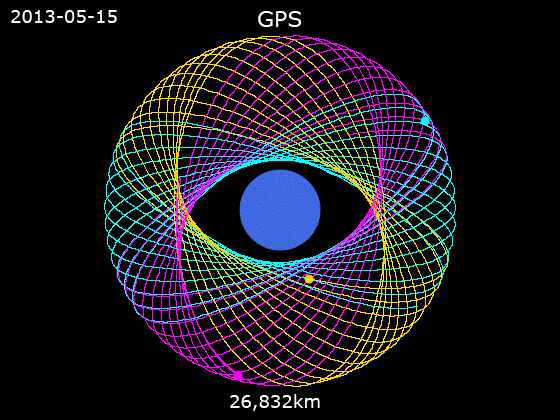How satellite mega-constellations will change the way we use space

Sixty-three years after Sputnik first entered orbit, a couple of thousand satellites circle the planet to help us do things like communicate, navigate, and forecast the weather. Soon, though, they will be dwarfed by mega-constellations with great networks of hundreds or even thousands of satellites working in concert.
Starlink, from Elon Musk’s SpaceX, offers the clearest glimpse of what’s to come. The company has already deployed more than 100 satellites for the system, and by the mid-2020s, it plans to assemble a constellation of nearly 12,000 to provide broadband internet access globally. Many other space agencies and for-profit space companies have begun setting up their own networks, too.
☹️ RESILIENCE
If one satellite fails, others can step in to cover. Substitutions make sure the system keeps going if a single unit breaks. Dying satellites get dragged into a low orbit and burn up on reentry.
? LAUNCH
A single rocket carries up to 60 satellites at a time. Batched launches mean a whole operation won’t be lost if a rocket fails. More satellites can join the formation later.
? EQUIPMENT
Cubesats are commonly used; they are shoebox-like and weigh only 4 to 5 kilograms. Planet Labs’s SkySats are the size of a mini-fridge and weigh 100 kg. The company’s entire fleet weighs half as much as one ordinary high-resolution imaging satellite.
“It’s a rather dynamic environment right now, with a lot of people starting to look at space as a means to answer certain business models,” says Roger Hunter, manager of NASA’s Small Spacecraft Technology program. “I call it the democratization of space.”
Constellations offer new levels of versatility. Smaller, cheaper satellites—some just the size of a briefcase—can be arranged in different configurations depending on their goal. Lined up in a string that follows a single orbit, for example, a constellation can repeatedly photograph or surveil the same spot. Starlink, meanwhile, is arranged in a crisscross formation to blanket the planet with internet service.
“I think that as an industry we’re trying to figure out how to increase the level of great space-based services that come down and help people on Earth every day, while doing it in a responsible and sustainable way in the orbital environment,” says Mike Safyan, vice president of launch and global ground systems at Planet Labs, which operates the second-largest constellation in operation.
In the meantime, we can look forward to more and bigger satellite systems, with hundreds if not thousands of members, heading up into orbit. And eventually, wherever humans go—whether it’s to the moon, Mars, or even other stars—they’ll be taking constellations with them.
Ramin Skibba is an astrophysicist turned science writer.
Deep Dive
Space
How to safely watch and photograph the total solar eclipse
The solar eclipse this Monday, April 8, will be visible to millions. Here’s how to make the most of your experience.
How scientists are using quantum squeezing to push the limits of their sensors
Fuzziness may rule the quantum realm, but it can be manipulated to our advantage.
The great commercial takeover of low Earth orbit
Axiom Space and other companies are betting they can build private structures to replace the International Space Station.
Stay connected
Get the latest updates from
MIT Technology Review
Discover special offers, top stories, upcoming events, and more.